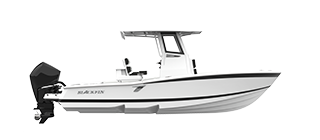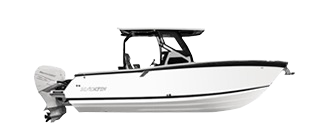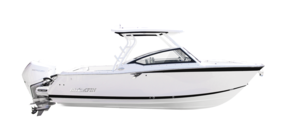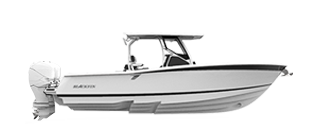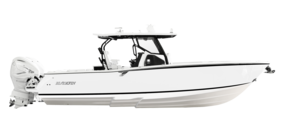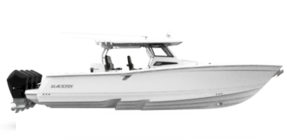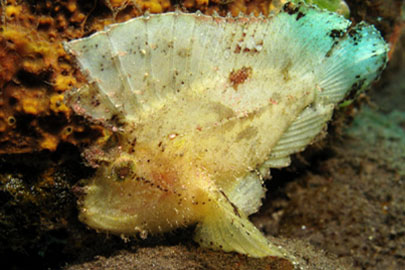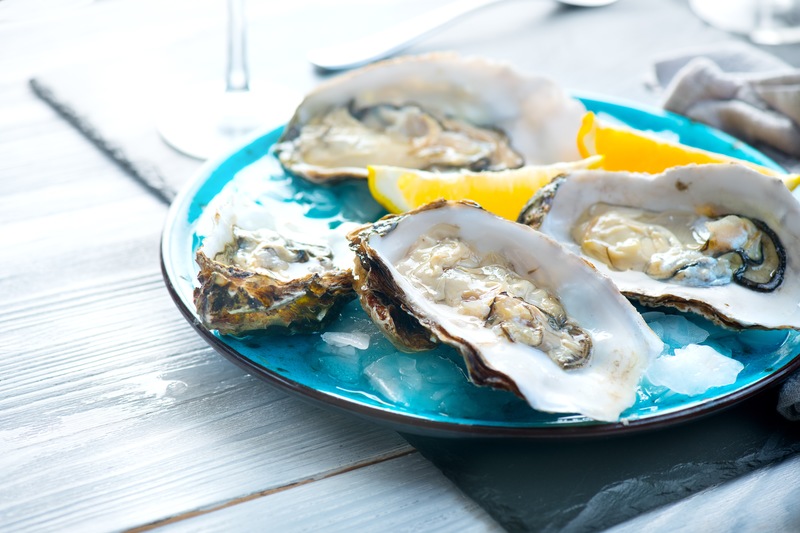
Fall is finally here, and so is National Seafood Month! Every October, we anglers get a reminder of the goodness of seafood in all its forms — including delicious shellfish and salty, refreshing oysters that carry the spirit of the sea long after you’ve docked back on land for the season.
If you’re a particularly big fan of this type of seafood, you might be familiar with an old culinary adage — one that warns people against eating oysters in months that don’t have an ‘R’ in them. By that rule, this is the perfect time of year to savor a spread of oysters.
But is it true that you should only eat oysters during September, October, November, December, January, February, March, and April — and avoid them in June, July, and August? While the rule of thumb does have some historical accuracy to it, modern foodies may not need to worry quite as much. Just read on to see what we learned about this seasonal seafood conundrum!
A Foodie’s Rule Of Thumb
According to The New York Times, the rule about only eating oysters in months with an ‘R’ has been around for quite a while — for more than four centuries, in fact! It actually appeared for the first time in a 1599 cookbook.
But you may be wondering, well, why? As it turns out, there were several good reasons for Europeans to avoid oysters during the hot spring and summer months back then, The Times points out — including greater instances of bacteria, and natural changes in the oyster’s body mass over the course of the year. Today, however? No need to worry: “If you buy oysters that are grown in healthy waters and they’re handled properly, then there’s no problem with eating them any time of the year,” aquaculturist Donald Meritt told the paper in 2017.
More Than Flavor Alone
There’s actually another very interesting reason why the ‘R’ rule might have stuck through the years — and it’s about more than flavor or food quality. According to research from the University of Florida published in 2019, the ancient dwellers of one Georgia island practiced seasonal oyster consumption as far back as 4,000 years ago.
Weirdly enough, this was determined by studying parasitic snails that lived on the oysters. These snails had a 12-month life cycle — so when their fossils were observed several millennia later, scientists could estimate how old the snails were when the oysters were harvested. These ancient people seemed to avoid oyster consumption in the summer months, perhaps as a means of sustainable harvesting, according to the researchers. By giving the oysters time to spawn, the early islanders would be able to count on plenty during the fall, winter, and spring months.
It's not too different from the concept of catch-and-release fishing that we’re familiar with today, actually! By being aware of the different species you bring onto Blackfin fishing boats — and the ones you leave in the water, too — you can help support the environment while still getting your fishing on.
However, when it comes to oysters, you’ll want to leave that to the pros. The CDC recommends letting chefs fully cook your oysters for the safest possible snackage.
The Verdict
The bottom line? There’s no big reason why you have to avoid oysters in the summer months — and good thing, too, because they’re too delicious to pass up. Savor them from your Blackfin Boat this fall and all year long!
Bookmark & Share
User Comments
Be the first to comment on this post below!
Previous Article
Most Popular Articles
- Blackfin Fishing Boats - The Legend Lives On | Blackfin Boats
- The Blackfin 272CC ? Ranked Among The Very Best Fishing Boats of 2018!
- Blackfin 272 CC Boat Test - By Lakeland Boating Magazine
- How to Acquire Your Boat Captain?s License in Florida
- Blackfins new 33? debuts at the 2018 Fort Lauderdale International Boat Show!
- Top 5 Tips for Buying Your First Fishing Boat
- What is the Best Time to Buy a Blackfin Fishing Boat?
- 5 Reasons Why Blackfin Boats are Every Angler?s Dream!






